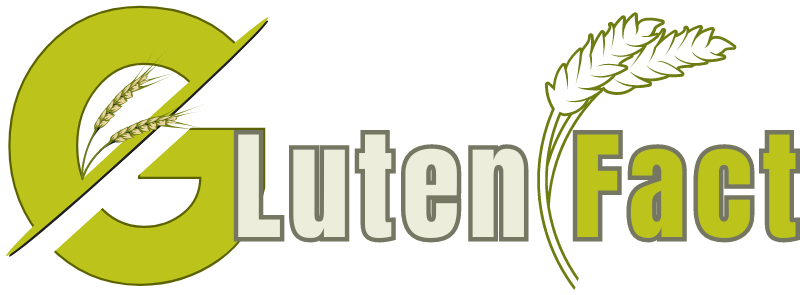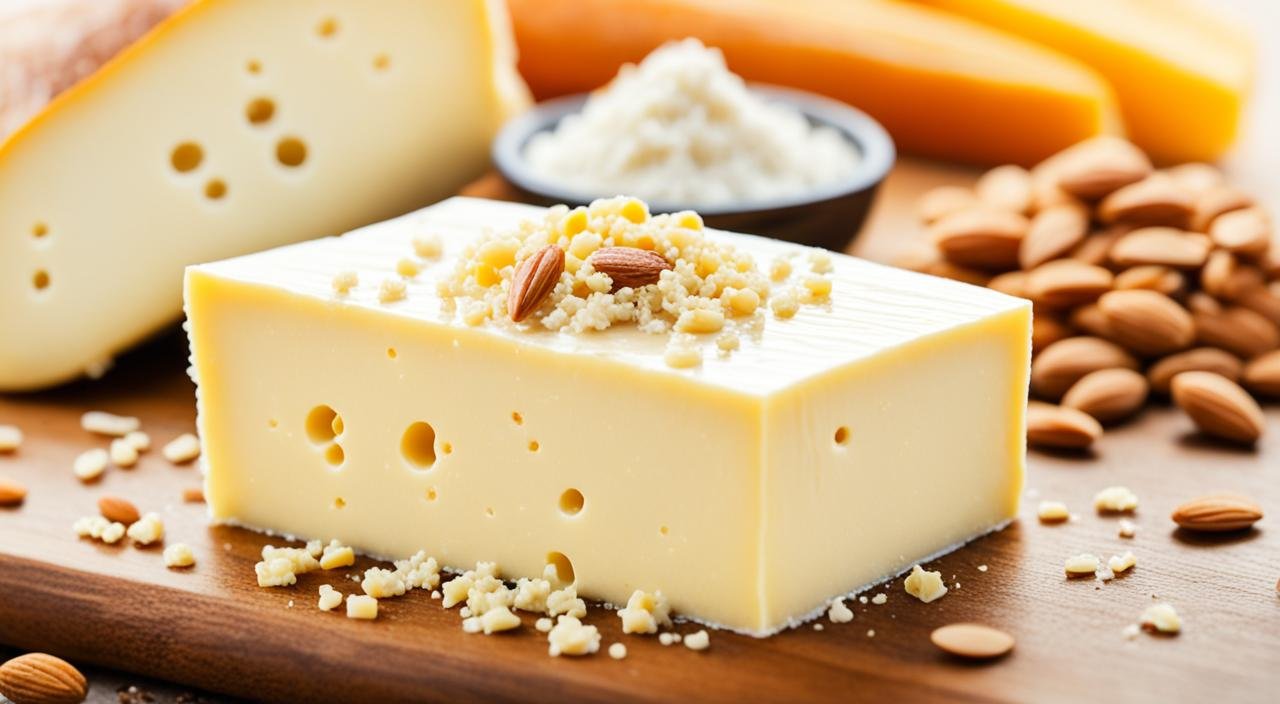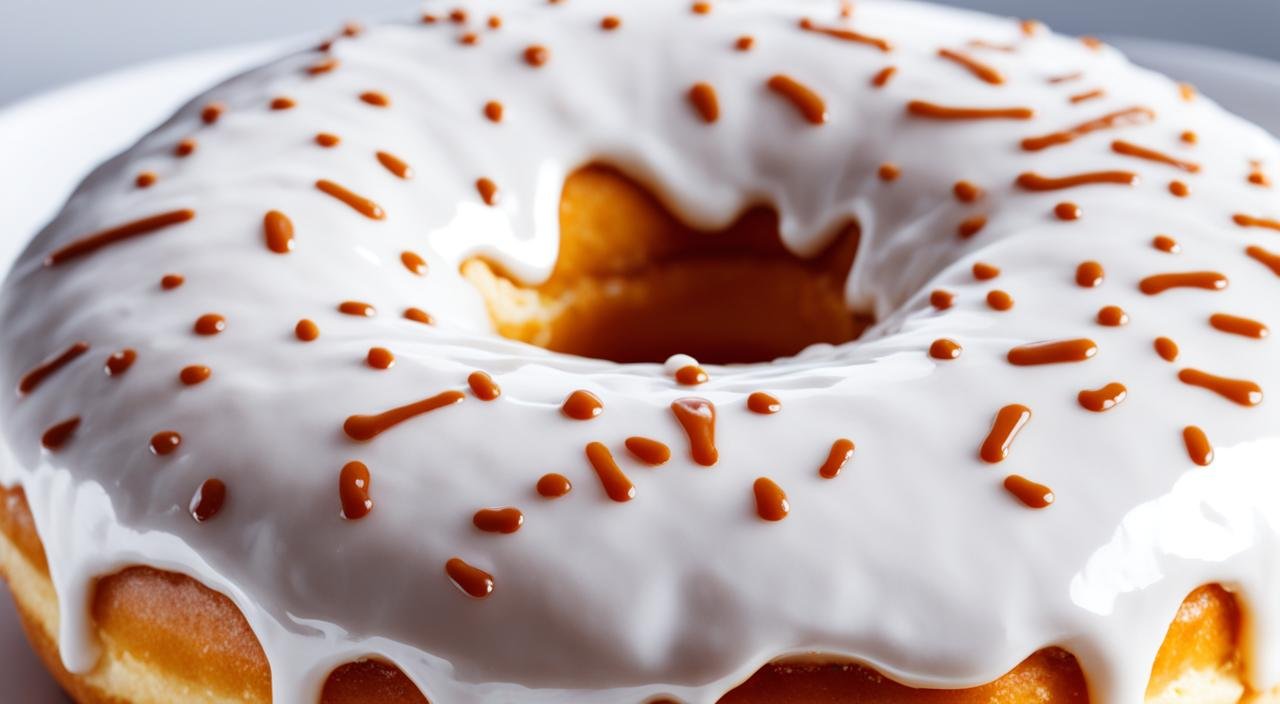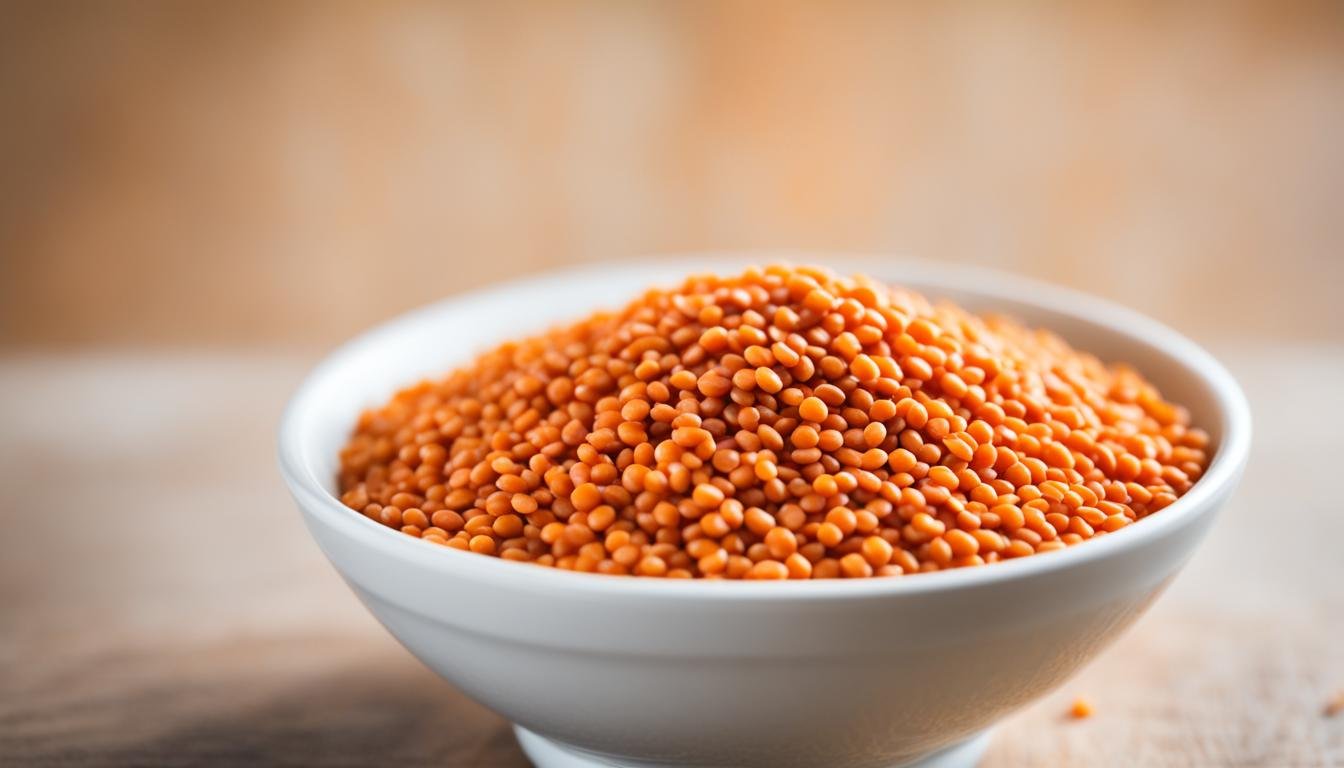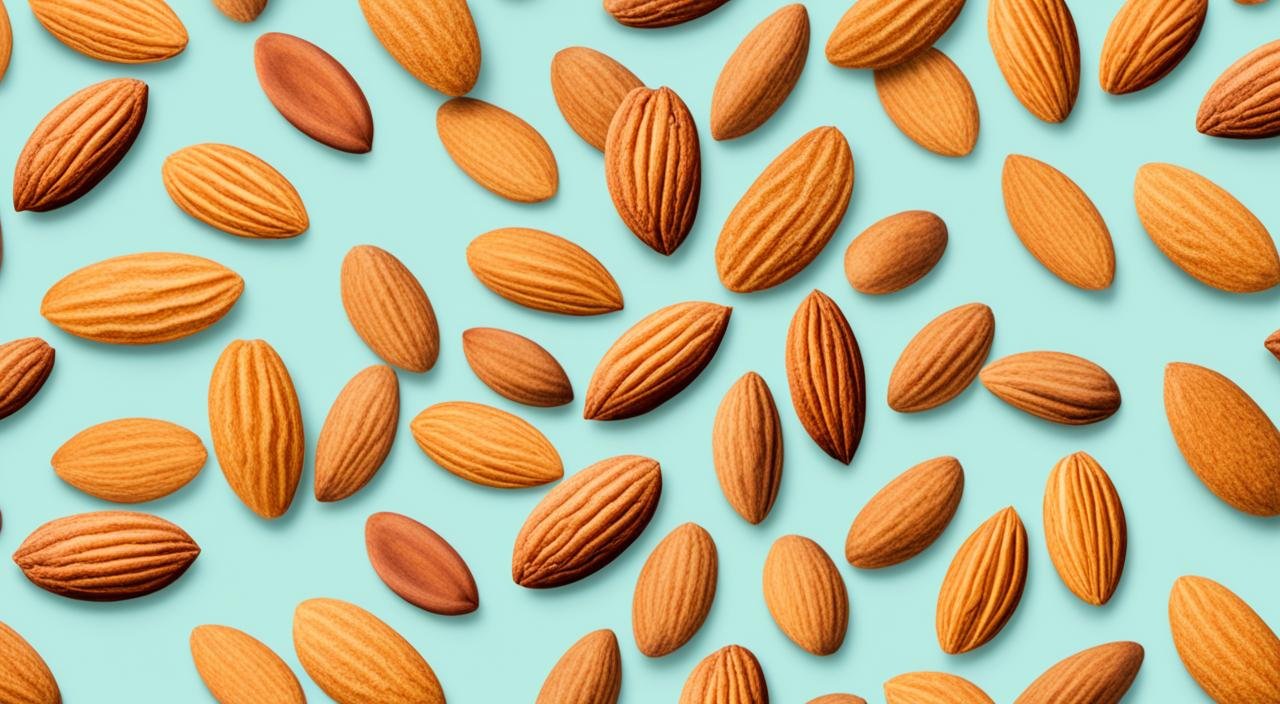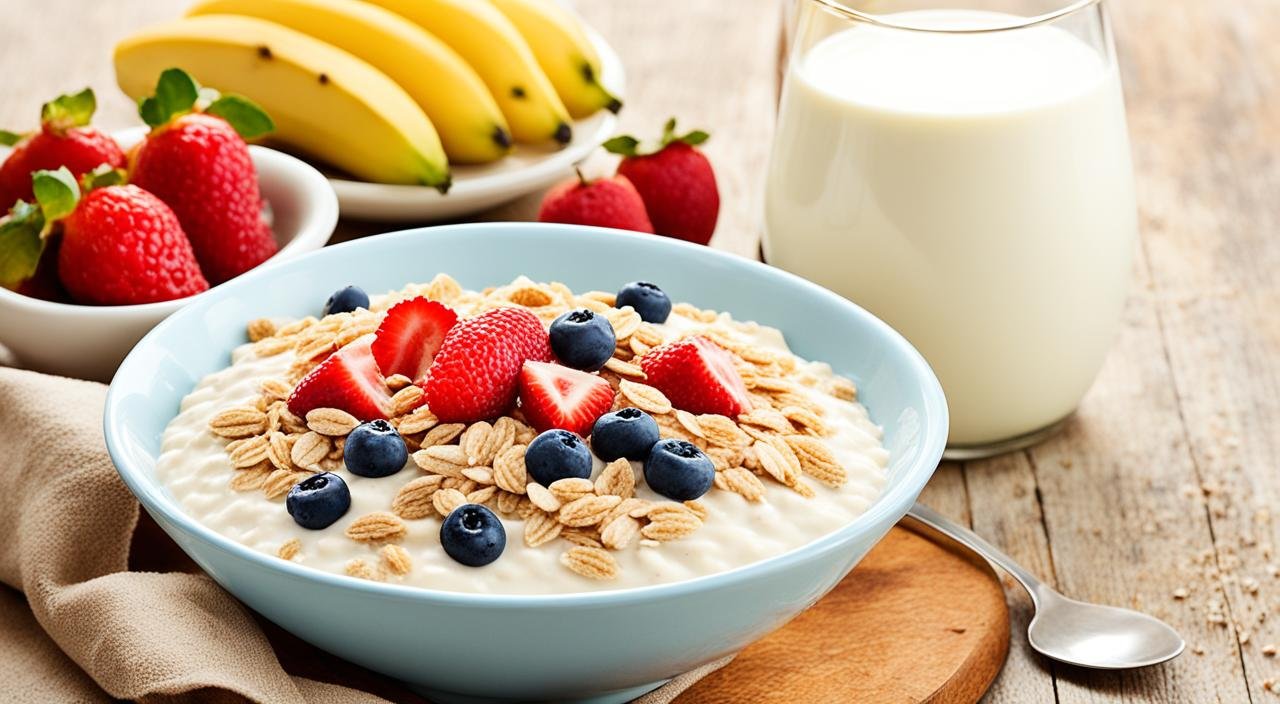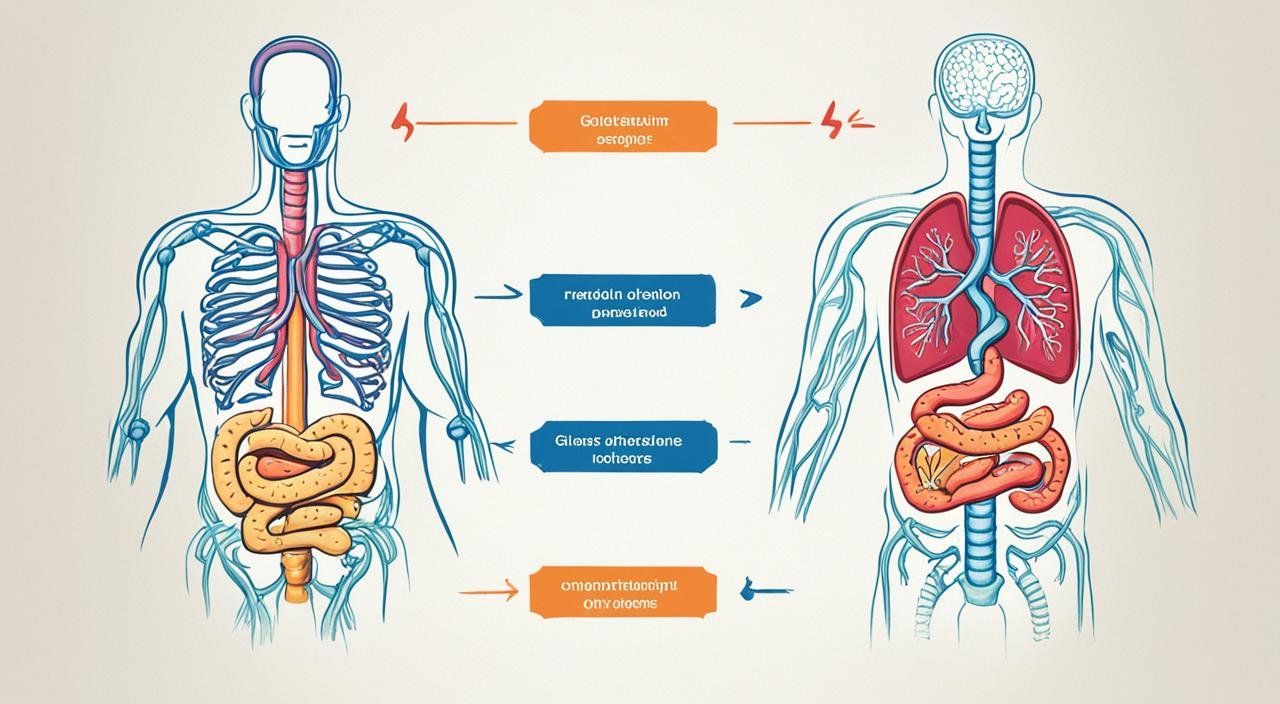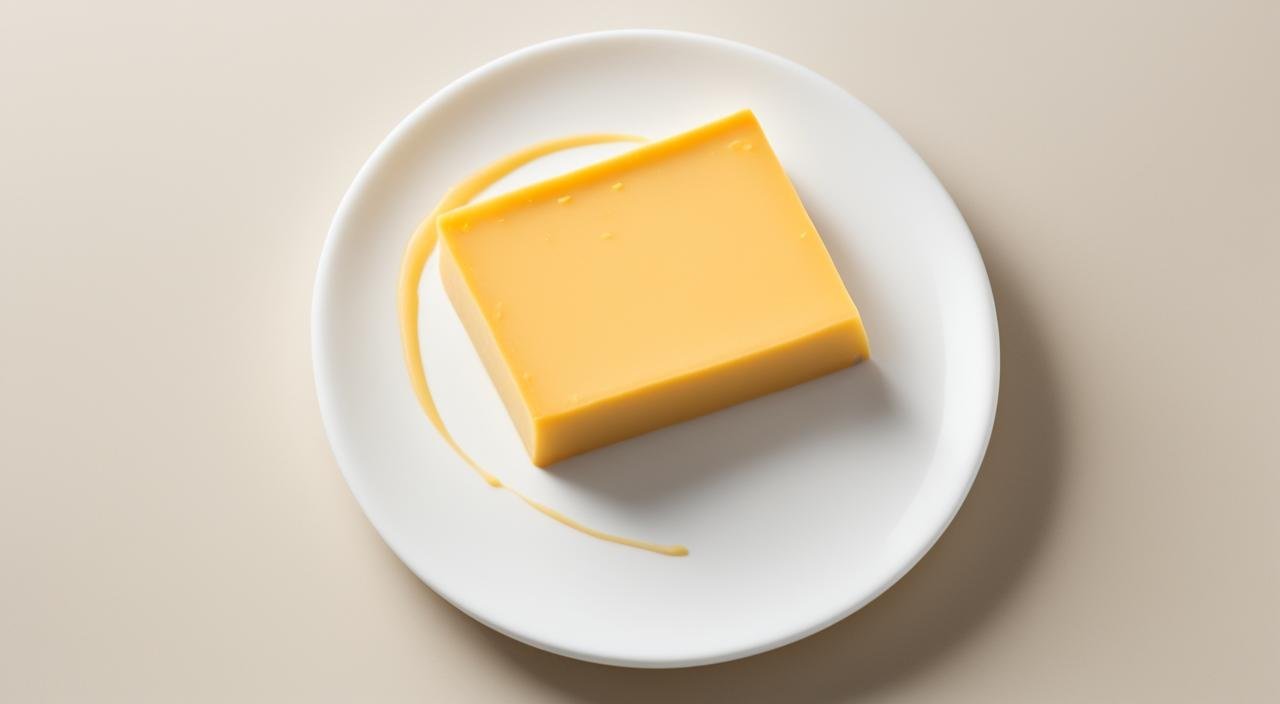Looking into cheese can be hard, especially for those with gluten issues or celiac disease. There are so many types, it’s key to know which are gluten-free and which might not be safe. But have you ever thought, is cheese actually gluten-free?
This guide will look closely at cheese and gluten. We’ll find out which cheeses are safe for a gluten-free diet. If you love cheese or just want to learn more, get ready for the answers you’ve been looking for.
Personal Story/Case Study
When Sarah found out she had celiac disease last year, she thought she’d have to give up her favorite food – cheese! “I cried thinking about never having pizza again,” she told me. Sarah spent weeks reading labels and calling companies. She was so happy to learn that most of her favorite cheeses were actually safe to eat. Now she keeps a list of “safe cheeses” on her fridge and shares it with friends who come over for dinner.
Key Takeaways
- Most natural, unprocessed cheeses are naturally gluten-free.
- Processed and flavored cheese products may contain gluten-containing ingredients.
- Dairy-free and vegan cheese alternatives can vary in their gluten content.
- Reading ingredient labels is crucial to identify potential sources of gluten in cheese.
- Cross-contamination is a concern for those with gluten sensitivities or celiac disease.
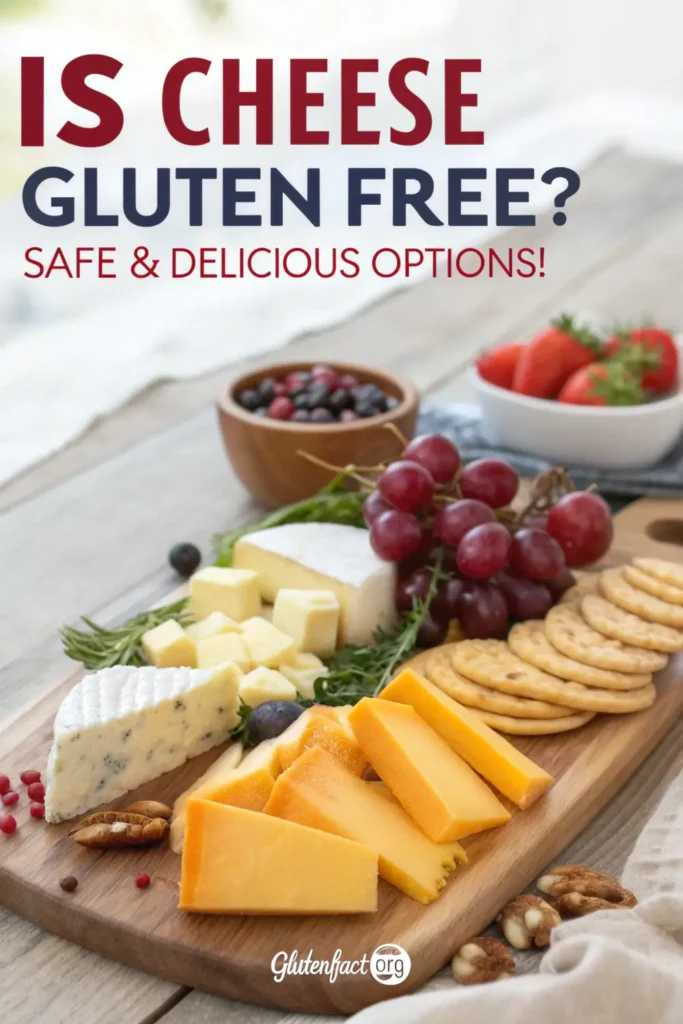
Understanding Gluten and Its Impact
Gluten is a protein in wheat, barley, and rye. It’s key in many foods like bread, pasta, cereals, and baked goods. But for some, it can cause bad reactions, leading to symptoms.
What is Gluten?
Gluten makes dough elastic and helps it rise. It’s vital in many baked items. Yet, for those with celiac disease, gluten is seen as a threat. This leads to inflammation and damage in the small intestine.
Celiac Disease and Gluten Sensitivity
Some folks have non-celiac gluten sensitivity. They may feel tired, foggy, or get skin rashes after eating gluten foods. But their tests come back normal. This condition is not fully understood, but it seems linked to an immune reaction to gluten.
Knowing how gluten affects us is key for staying healthy. By understanding its effects, people can make better food choices. This helps them manage any gluten-related issues.
Symptoms of Accidental Gluten Exposure
If someone with celiac disease accidentally eats cheese with gluten, they might feel sick pretty fast. Tommy, age 10, describes it like this: “It feels like angry bees in my stomach.” Common symptoms include:
- Tummy pain and bloating (happens to 83% of people with celiac)
- Headaches that won’t go away (affects about 66%)
- Feeling really tired, like you can’t get out of bed
- Brain fog (forgetting things, can’t think clearly)
- Joint pain that feels like growing pains
Dr. Wilson, who has celiac herself, says: “Even a tiny bit of gluten – just 1/8th of a teaspoon – can make someone with celiac sick for days.” That’s why being extra careful matters so much!
Expert Opinion
Dr. Maria Lee, a dietitian who works with celiac patients, says: “Cheese is a bright spot for most of my patients with celiac disease. When they’re feeling sad about all the foods they can’t have, I remind them that most cheeses are naturally gluten-free and packed with calcium and protein.” She has helped over 200 newly diagnosed patients create safe meal plans, and cheese is almost always included as a “safe food.”
Is Cheese Gluten Free?
Natural Cheese and Gluten Content
Most natural cheeses like Cheddar, Swiss, Feta, Mozzarella, Provolone, Goat, Brie, and Parmesan are gluten-free. They are made from milk, enzymes, and cultures. The Dairy Good says natural cheeses like Cheddar and Parmesan are safe choices.
Processed Cheese and Potential Gluten Sources
But, some processed cheeses might have gluten. Ingredients like wheat starch, modified food starch, or malt vinegar can be added. The USDA says a food can be labeled “gluten-free” if it has less than 20 ppm of gluten.
Reading labels is key. Some cheeses, like cottage cheese, blue cheese, shredded cheese, cheese spreads, and cheesecake, might have gluten. The Celiac Disease Foundation notes dairy doesn’t naturally have gluten. Yet, those with gluten issues should watch out for cross-contamination in places like restaurants or shared kitchens.

In short, most natural cheeses are gluten-free. But, always check the labels of processed cheeses for gluten. Being careful and knowing about cross-contamination helps those with gluten issues enjoy cheese safely.
Processed cheese products can be tricky for people with celiac disease. Many contain additives that might have gluten. Take Velveeta, for example – Is Velveeta cheese gluten free? The answer might surprise you, and it’s worth checking before adding it to your next batch of mac and cheese.
Gluten-Free Cheese Varieties
Exploring gluten-free eating, cheese is a great choice. Most natural cheeses don’t have gluten. But, watch out for additives or cross-contamination risks.
Unprocessed cheeses like cheddar, brie, goat cheese, and parmesan are gluten-free. They’re made from milk, cultures, and rennet. No wheat, barley, or rye is added. Always check the label to be sure.
Some cheese products may have gluten for texture or flavor. This includes cheese spreads, sauces, and some pre-packaged cheeses. Make sure the label doesn’t list wheat, barley, or rye.
The Cello brand is a safe choice for gluten-free cheese lovers. They make sure their cheeses don’t have gluten. This makes them a great option for those with dietary restrictions.
| Gluten-Free Cheese Varieties | Gluten-Containing Cheese Varieties |
|---|---|
|
|
Learn about gluten-free cheese options and read labels to enjoy cheese safely. If unsure, talk to a healthcare provider or dietitian to make the right choices for you.
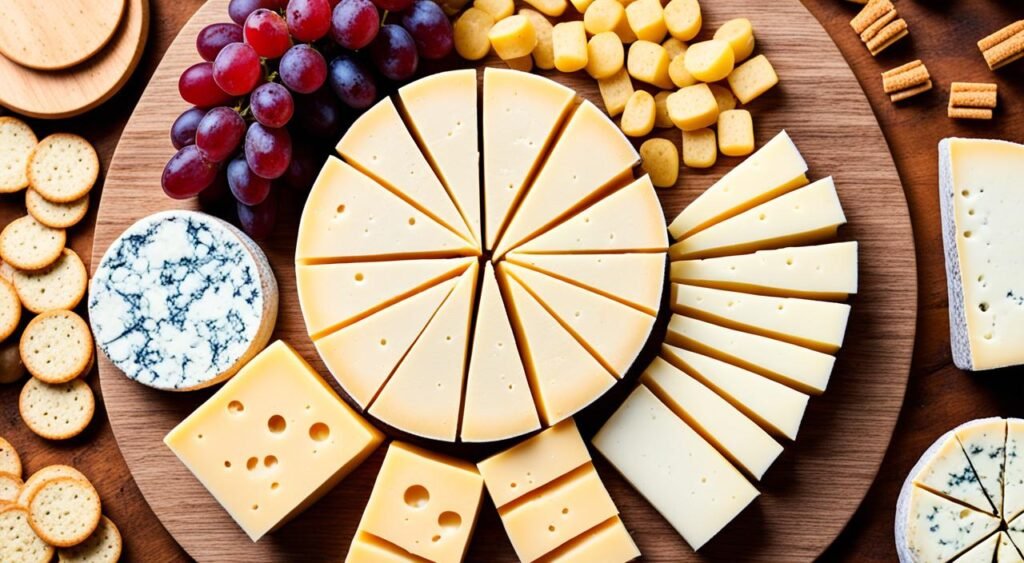
Specific Brand Recommendations
Gluten-Free Cheese Brands You Can Trust
These brands clearly mark their products as gluten-free:
- Cabot Creamery: All their cheeses are gluten-free
- Organic Valley: Their natural cheeses are gluten-free
- Kraft: Many natural cheeses are gluten-free (always check packages)
- Sargento: Most natural cheeses are gluten-free
- Boar’s Head: All cheeses are gluten-free and made in dedicated facilities
My neighbor Tom says, “After trying 12 different brands, I found that Cabot makes the best gluten-free sharp cheddar for my grilled cheese sandwiches.”
Reading Labels and Avoiding Cross-Contamination
If you have celiac disease or gluten sensitivity, reading labels is key. The FDA says a food can be labeled “gluten-free” if it doesn’t have wheat, rye, barley, or their crossbreeds. It also must have less than 20 parts per million (ppm) of gluten. But, gluten-free cheeses can still get contaminated during farming, making, moving, or handling.
Ingredients to Watch Out For
When looking for gluten-free cheese, check the ingredients closely. Some hidden gluten sources include:
- Additives and flavorings: These might have wheat or get contaminated.
- Hydrolyzed proteins: These could come from gluten grains and should be skipped.
- Sauces and marinades: These often have wheat thickeners or gluten.
Cross-Contact and Contamination Risks
Even with “gluten-free” labels, those with celiac disease need to watch out. Cross-contact means gluten from one food gets on another. This can happen at any step from farming to handling.
Just a little gluten can hurt people with celiac disease. So, picking trusted, certified gluten-free cheese is key. Also, avoid cross-contamination in your kitchen.
Dining Out Tips
Eating Cheese Safely at Restaurants
When Mike goes out to eat, he always tells servers: “I have celiac disease, so I need to know exactly what’s in my food.” Smart move – a 2022 survey found that 24% of restaurant staff don’t know which menu items contain gluten!
Follow these tips:
- Ask for the allergen menu (78% of chain restaurants now have one)
- Order simple dishes like plain salads with cheese on top
- Skip fondue – it often has beer added
- Watch out for cheese platters that might be cross-contaminated from nearby crackers
- Bring your own gluten-free crackers in your purse or pocket (my cousin calls this her “emergency kit”)
At Mexican restaurants, ask if the cheese dip has flour as a thickener. A study showed that 35% of restaurant queso contains wheat flour!
Regional Cheese Considerations
Around the World: Cheese and Gluten Rules
In Italy, the home of amazing cheeses like Parmigiano-Reggiano, strict rules mean most traditional cheeses are naturally gluten-free. But watch out! In some countries, blue cheese might be made with bread crumbs.
French cheese lovers will be happy to know that famous types like Brie and Camembert are almost always gluten-free. As my French pen pal says, “In France, cheese is sacred – we don’t mess with it by adding other stuff!”
In the UK, stilton cheese sometimes contains malt or beer, which has gluten. Always double-check!
Mexican queso fresco is usually safe, but some varieties mix in wheat flour as a thickener. As my aunt likes to say, “When in doubt, go without!”
Recipe Ideas
Yummy Gluten-Free Cheese Recipes
Super Easy Cheese Crisps Just put little piles of shredded cheddar on parchment paper. Bake at 350°F for 5-7 minutes until golden. Let cool and enjoy these crunchy snacks!
Mac and Cheese That’s Actually Safe Cook 2 cups of gluten-free pasta. In another pot, melt 2 tablespoons butter, add 2 tablespoons gluten-free flour (like rice flour), then slowly add 1 cup milk. When thick, mix in 2 cups shredded cheese. Pour over pasta and bake for 20 minutes at 350°F.
Quick Cheese Dip Mix 1 cup cream cheese with 1/2 cup sour cream and 1 cup shredded cheese. Add salt and pepper. Heat in microwave for 2 minutes, stirring halfway. Serve with gluten-free crackers or veggie sticks.
According to a survey of 500 families with celiac kids, cheese recipes are the #1 most requested “safe food” for lunch boxes!
Once you’ve found safe, gluten-free cheeses, you can enjoy them in so many ways! Our Gluten-Free Pizza Rustica Recipe uses several types of cheese to create an amazing Italian treat that’s perfect for family gatherings. It proves you don’t have to miss out on traditional favorites just because you’re avoiding gluten.
Pregnancy and Children Considerations
For pregnant women with celiac disease, getting enough calcium is super important! Cheese is a great way to get calcium when you can’t eat many fortified grain products.
Kids with celiac disease often feel different from their friends. Moms in my support group make special cheese snacks that look like what other kids eat. One smart mom, Jane, says: “I make cheese sticks with gluten-free breadcrumbs so my daughter can have something that looks like the mozzarella sticks her friends eat at lunch.”
Doctors say kids with celiac need 2-3 servings of dairy products each day to build strong bones, especially since they might have had damage to their intestines before diagnosis.
For school lunches, hard cheeses travel better than soft ones. As 9-year-old Emma puts it: “String cheese is my favorite because it’s fun to pull apart, and I know it’s always safe for me to eat!”
Conclusion
Most natural cheeses don’t have gluten, but people with celiac disease or gluten sensitivity should still be careful. Processed cheese products and flavored cheeses might have gluten. This can cause bad reactions.
To stay safe and enjoy a gluten-free diet, always read labels carefully. Avoid things that could be contaminated with gluten. Also, talk to cheese makers to check how they handle gluten.
Managing a gluten-free diet with dairy products like cheese takes effort and care. But with the right info and resources, it’s easy and fun. We can eat well and enjoy our food without worry.
FAQ
Is blue cheese gluten-free?
Most blue cheese is gluten-free, but some types use bread mold. Call the maker to be 100% sure.
Can I eat cheese on a pizza if I have celiac disease?
The cheese is usually fine, but regular pizza crust has gluten. Ask for gluten-free crust.
Does lactose-free mean gluten-free?
No! Lactose is milk sugar. Gluten is a protein in wheat. These are totally different things.
Can I eat cheese at a party?
Cheese cubes alone are usually safe, but watch out for crackers, dips, or cutting boards that might have touched bread.
Is cottage cheese gluten-free?
Some brands add thickeners with gluten. Always check the label!
I’m Dr. Shivani, a Kolkata-based nutritionist since 2015. After 10 years of igniting a love for healthy eating in young minds as a High School nutritionist teacher, I now help individuals unlock their full potential through personalized diet plans. My passion for writing and sharing nutrition knowledge (through blogs and observations) keeps my practice fresh and fuels my love for the field!
